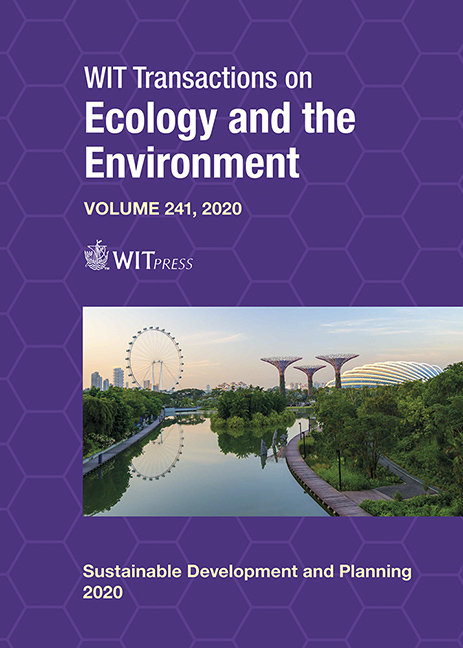USEFUL FLORA GROWN AND TRADED IN RECIFE, BRAZIL
Price
Free (open access)
Transaction
Volume
241
Pages
12
Page Range
207 - 218
Published
2020
Paper DOI
10.2495/SDP200171
Copyright
WIT Press
Author(s)
ISABEL MARIA MADALENO
Abstract
Recife is a coastal city located in Brazil. The Atlantic seashores were occupied in the beginning of the 16th century by the Portuguese, in search for Brazil-wood first and sugarcane, later, both very precious for Europe. After the Dutch conquered the now state of Pernambuco, in 1630, local population came down the hills of Olinda to settle close to the rivers Capibaribe and Beberibe, where a new urban agglomerate grew, named Recife, the Portuguese word for reef. This Brazilian Venice, known for its water channels and greenery, now has a million and a half residents and still proudly displays the tall coconut trees that impressed the early European colonisers. Coconuts are the first ranking species consumed in Recife, as the survey conducted in late 2019 and early 2020 proved. Research follows the methodology used in previous studies: (1) examination of 16th and 17th century manuscripts; and (2) in-depth interviews to local fruit, spice, and medicinal plant traders (47) and to urban gardeners (3). Results from the 50 testimonies show that about 192 native and exotic species are grown and traded in Recife, 46.9% of which are consumed as food, about 43.8% as medicines, 8.8% as spices and 0.5% had other uses. The first objective of this contribution is to further feed the database gathered for two decades about Latin American flora, the second one is to explain the urban growth of Recife, in Brazil, and the third is to compare old and current usages, of the same plant species.
Keywords
Recife, Brazil, coast, flora, spices, medicines, food





